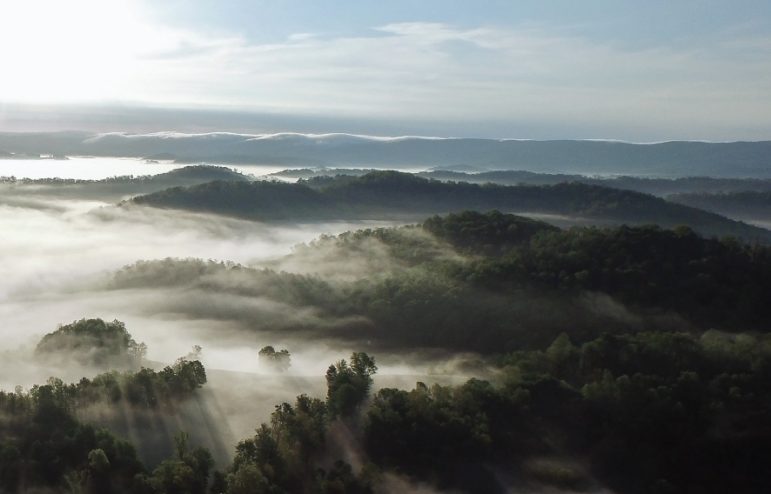Project Description
Creative Economies in the Coal Fields
For Orion magazine
I GREW UP IN APPALACHIA, just outside the Great Smoky Mountains National Park, in Tennessee. The mountains I knew as a child had been recognized as holy and protected in perpetuity for future generations. We fell hushed when we entered them, breathed deeply. People came from afar to see their beauty.
I had only a vague notion that there were other Appalachias. My stepfather, from Kentucky, sat on the porch in the evenings and played a John Prine song on his guitar:
And daddy, won’t you take me back to Muhlenberg County
Down by the Green River where Paradise lay
Well, I’m sorry my son, but you’re too late in asking
Mr. Peabody’s coal train done hauled it away
Some in the mountains have seen their homelands crumble around them. They are homesick though they have stayed home. They’ve been trapped by a mono-economy, and then its decline, and they’ve been left to pay the costs—monetary, environmental, psychological, and spiritual—of the destruction left by the coal industry. We know that story. And yet, so often in the telling of it, those who don’t know what it’s like to live in those places either blame the residents for their problems or romanticize their plight.
Last winter, I went to the coal fields of Eastern Kentucky to collect some small pieces of a different story. In the coal fields, there is a strong creative spirit, despite the devastation. Like mining, that story requires digging, requires the will to unearth it, but unlike the coal that was shipped elsewhere for a temporary surge of energy, it can be both sent away and kept at home. It grows with the telling rather than diminishes with use, as only art does. In his book The Gift, Lewis Hyde writes, “So long as the gift [of art] is not withheld, the creative spirit will remain a stranger to the economics of scarcity.”
What are the invisible economies of the spirit that art feeds incalculably over time? How can economies feed not only mouths but also the hearts of people and the places they live in? How can creative traditions well cared for continue to care for the next generation and provide new opportunity? How can people used to being owned by coal companies come to feel that they own their own creative power, that they can make a difference?
I went with these questions into the coal fields.
{Landscape photograph by Curren Sheldon.}
